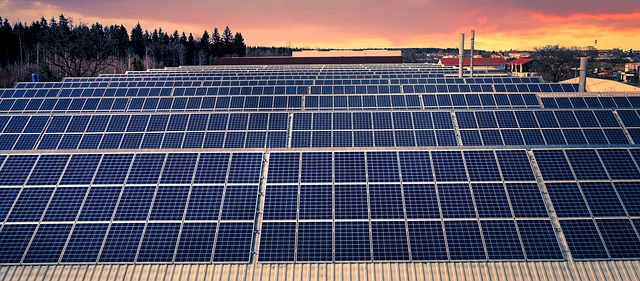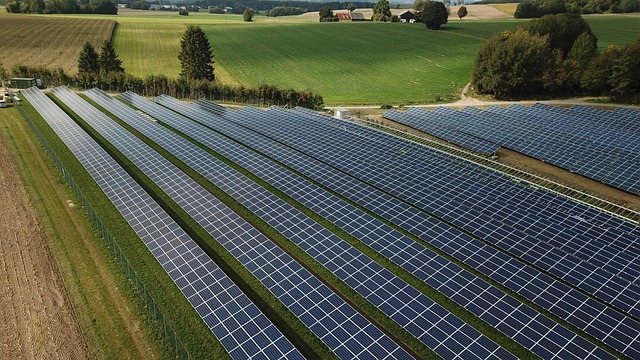Incentives and rebates play a pivotal role in the real estate sector, offering financial relief to buyers and investors, thereby facilitating property acquisition. Governments, local bodies, and developers provide these benefits to stimulate markets, promote specific construction types, and encourage sustainability. Savvy real estate participants can leverage available incentives for new builds or renovation projects to reduce costs, make informed investments, and contribute to community goals like energy efficiency and green building initiatives. By strategically planning and comparing contractors, understanding pricing models, negotiating rates, and leveraging government grants, property owners can minimize installation costs while promoting sustainable practices and enhancing property value.
In today’s competitive real estate landscape, understanding incentives and rebates can significantly offset installation costs. This article delves into the strategies behind maximizing savings for property owners. By exploring how incentives and rebates work, we’ll equip readers with insights on navigating these benefits to reduce expenses associated with various improvements. Whether you’re a homeowner or an investor, leveraging these financial tools can lead to substantial long-term gains in the real estate market.
Understanding Incentives and Rebates in Real Estate

Incentives and rebates play a significant role in the dynamic world of real estate, offering buyers and investors attractive options to offset installation costs. These financial incentives can significantly reduce the initial outlay for new homes or renovations, making property acquisition more accessible and appealing. Many governments, local authorities, and even private developers provide these benefits as a way to stimulate the market, encourage specific types of construction, or promote sustainable practices.
Understanding these offers is crucial for anyone involved in real estate transactions. Buyers should research available incentives related to their purchases, whether it’s a new build or an upgrade project. By capitalizing on these rebates and offsets, individuals can save money, invest wisely, and even contribute to broader community goals, such as energy efficiency or green building initiatives, which are key aspects of modern real estate practices.
How Installation Costs Can Be Offset

In today’s competitive real estate market, offsetting installation costs can be a game-changer for both property owners and contractors. One effective strategy involves exploring incentives and rebates offered by manufacturers and utility providers. These financial rewards are designed to encourage the adoption of energy-efficient technologies and sustainable practices.
For instance, when installing solar panels or advanced heating systems, homeowners may qualify for significant rebates on their initial investment. Moreover, many manufacturers provide rebates or coupons that can be applied towards the cost of installation. These incentives not only reduce out-of-pocket expenses but also make it more feasible to implement upgrades that enhance a property’s value and long-term energy efficiency.
Strategies for Property Owners to Maximize Savings

Property owners looking to maximize savings on installation costs in the real estate sector can employ several strategic moves. Firstly, they should research and compare various contractors and their pricing models. Understanding the market rates for different types of installations allows homeowners to negotiate effectively with contractors, potentially securing better deals. Additionally, many contractors offer incentives such as rebates or discounts for early payments or cash transactions, which can significantly offset installation expenses.
Another avenue to explore is taking advantage of government grants or local initiatives designed to promote energy-efficient home improvements. These programs often provide financial support for specific upgrades, like solar panel installations or energy-efficient appliance replacements, further reducing the overall cost burden on property owners. Staying informed about such opportunities can be a game-changer in the long run, ensuring substantial savings and contributing to more sustainable real estate practices.






